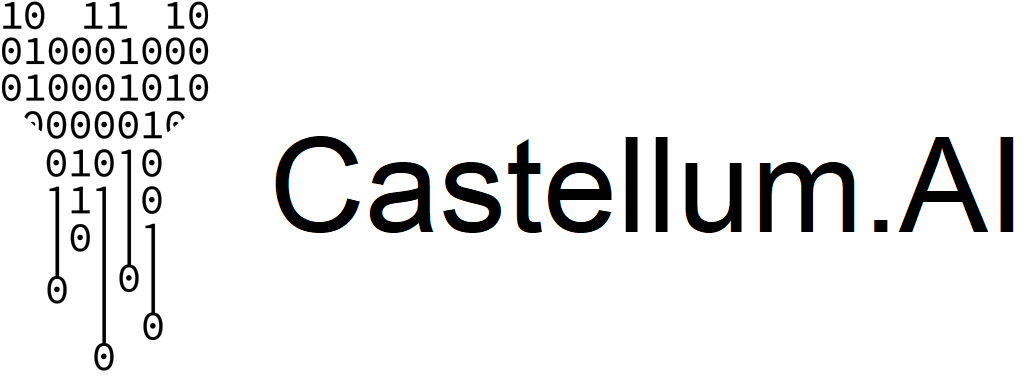API
Our REST API provides access to the functionality of Castellum.AI’s 1,000+ watchlists and proprietary search algorithm. Suitable for a variety of use cases, including onboarding KYC, overnight batch screens, transaction screening, and crypto wallet screening.
Feature Highlights
-
Our API allows Castellum.AI core solutions to be integrated with existing systems in powerful and creative ways. It exposes a familiar RESTful interface with JSON-encoded request bodies and responses adhering to standard HTTP response codes, headers, and verbs. Authentication is performed via client credentials flow and can be connected to a platform account.
See more details here
-
Hundreds of screenings can be performed with a single API call, each with its own set of filters and score parameters.
-
Our API allows for organizations to maintain and retain control over internal lists, both for allowing and blocking purposes.
This feature can be used to reduce the occurrence of high confidence false positives, and also to prevent transactions or new account openings from customers based on ID, name, location and more.
-
External list data can imported via API and made available to your organization for custom screening requirements.
-
We update our global list database directly from issuing sources every five minutes, often before listings are publicly available on a source’s website.
-
We automatically clean and standardize data ingested from source lists. Key items like IDs and addresses are extracted and profiles are automatically enriched. This allows you to search against structured data instead of unstructured watchlist text.
-
Our proprietary search algorithm, Jgram, analyzes text at a granular level. It is designed to provide high scores for relevant results without creating a flood of false positives.
-
Our sandbox environment allows for easy, extensive and free testing. This environment has feature parity with production and a subset of our compliance data that allows you to test for any non-production purposes.
REST endpoints align closely with the user interface, allowing developers to easily test and validate results from API calls.
